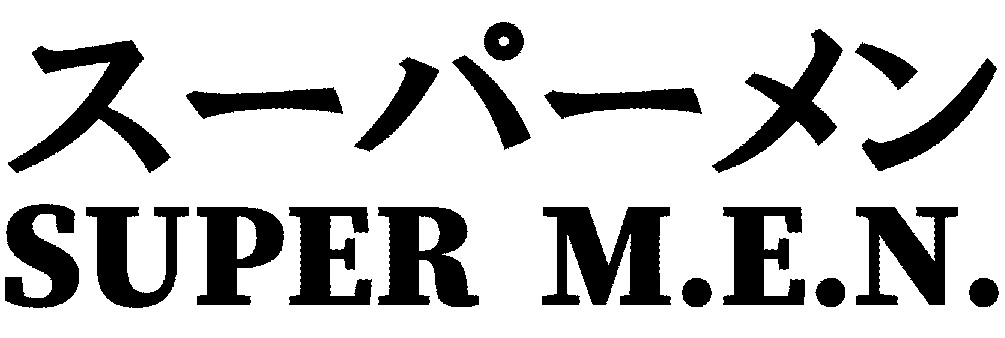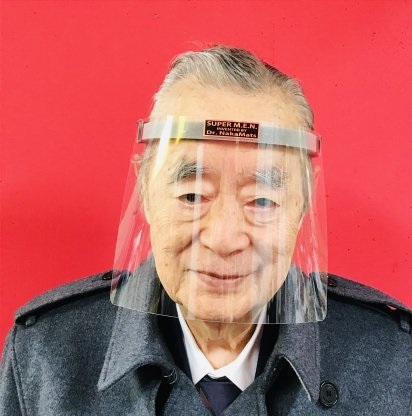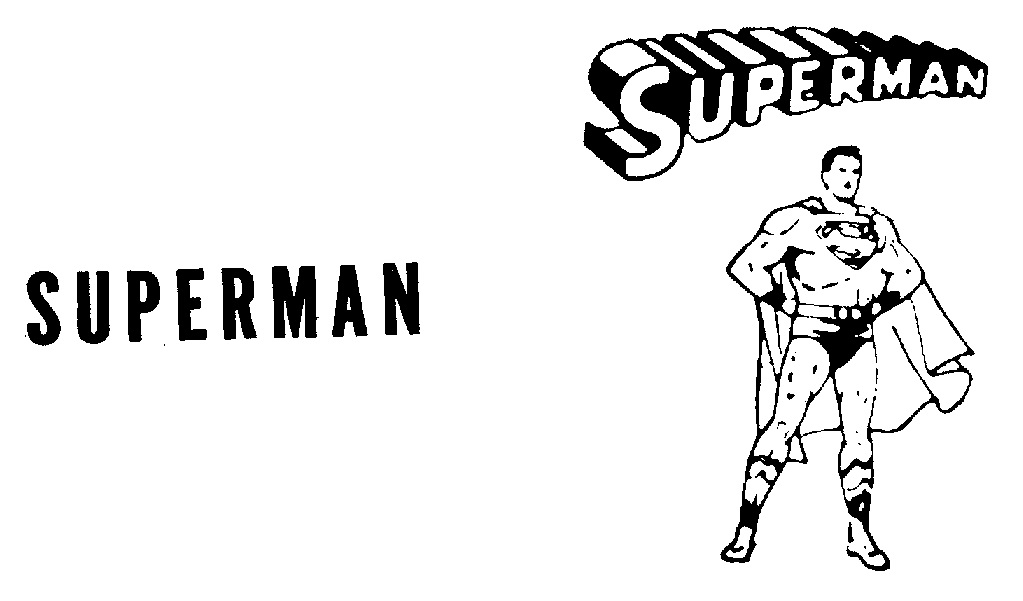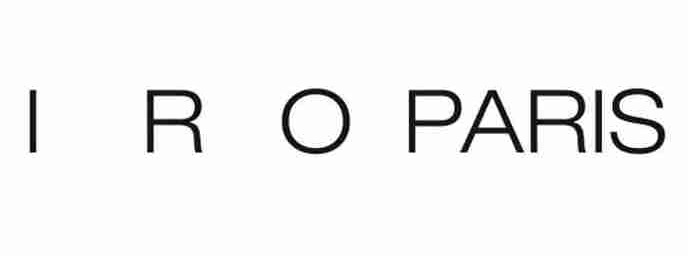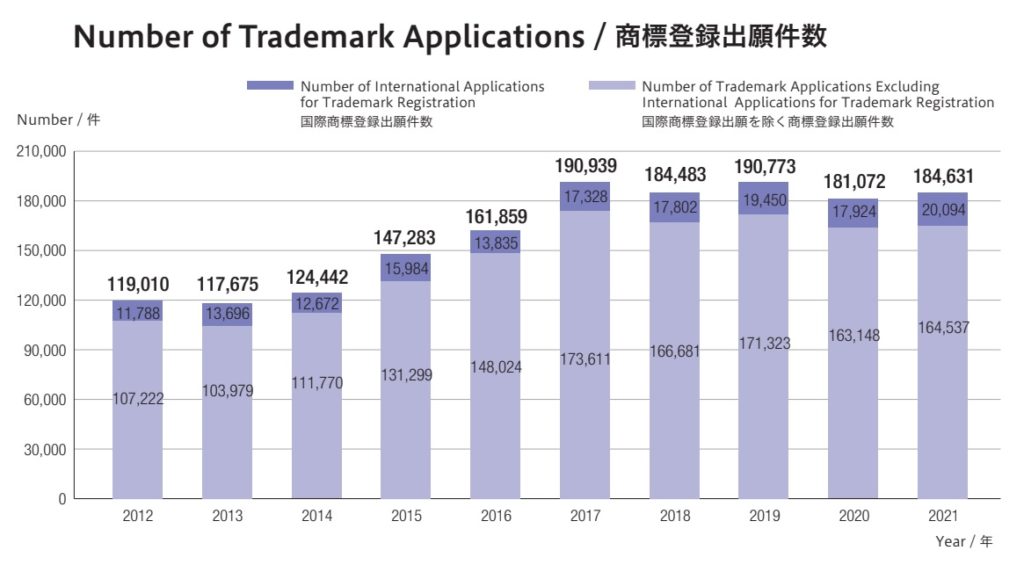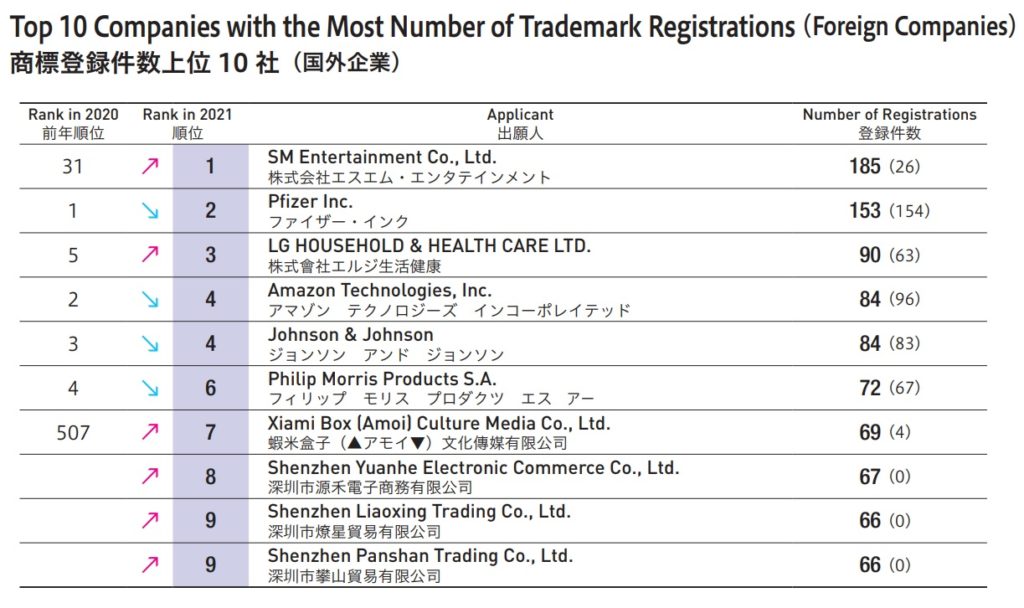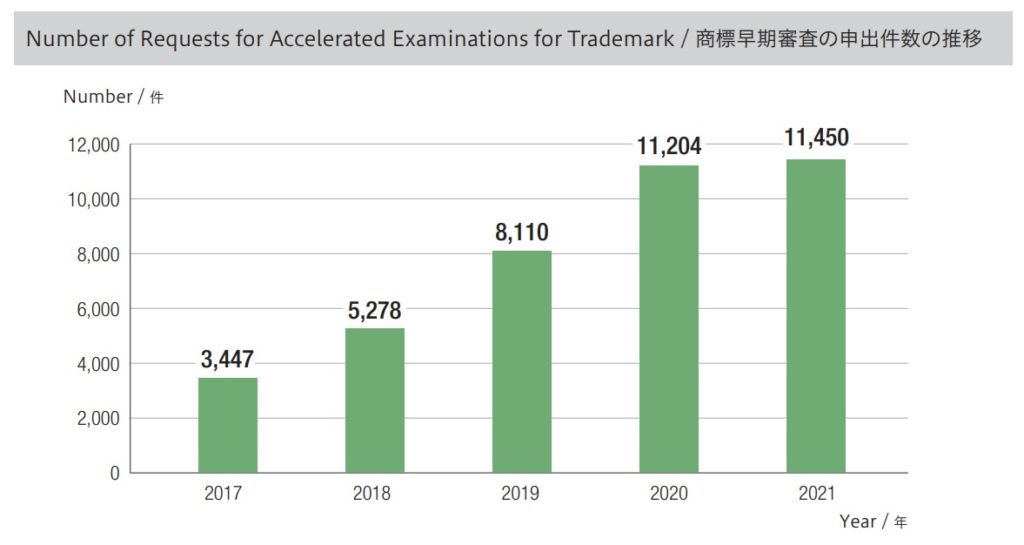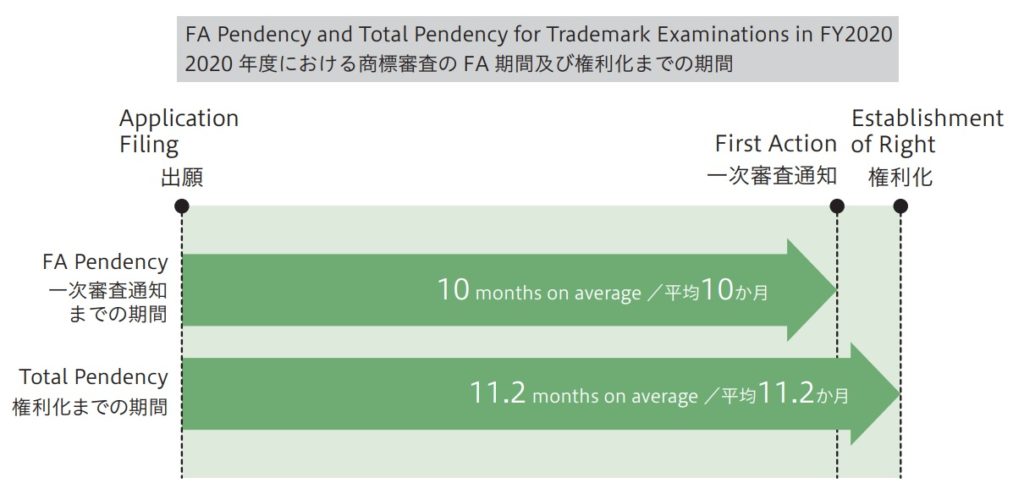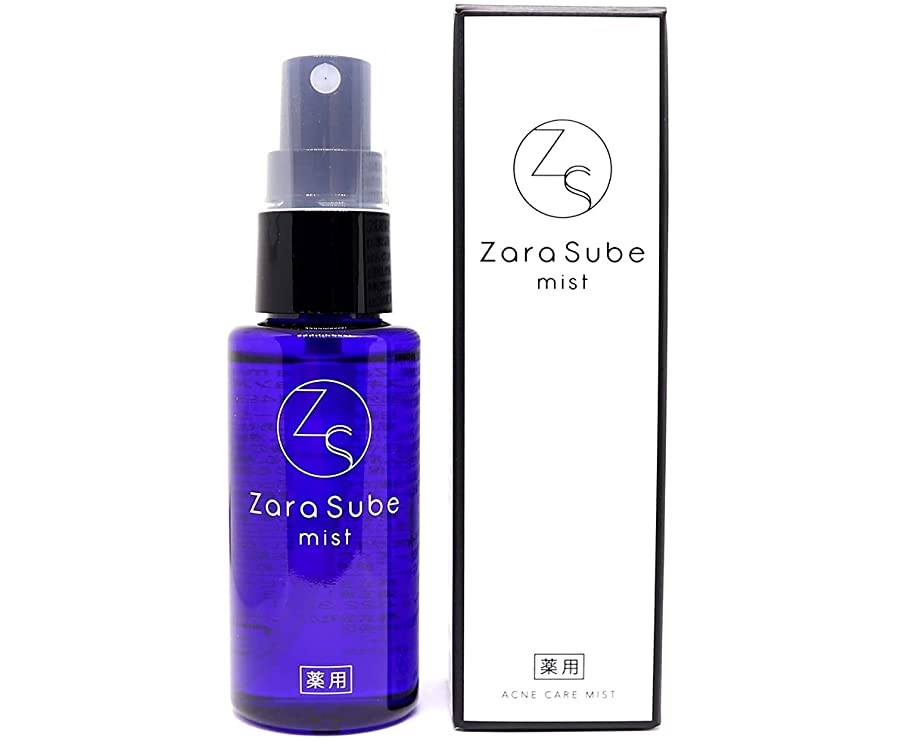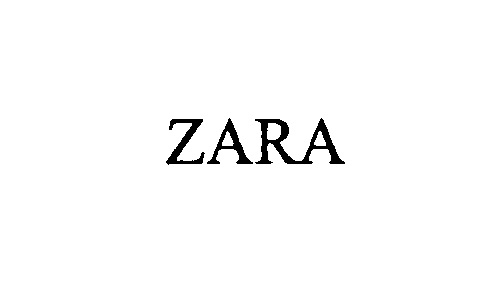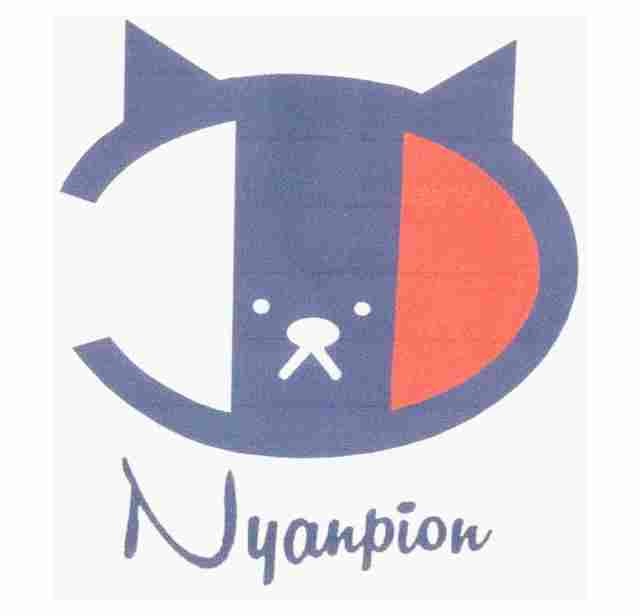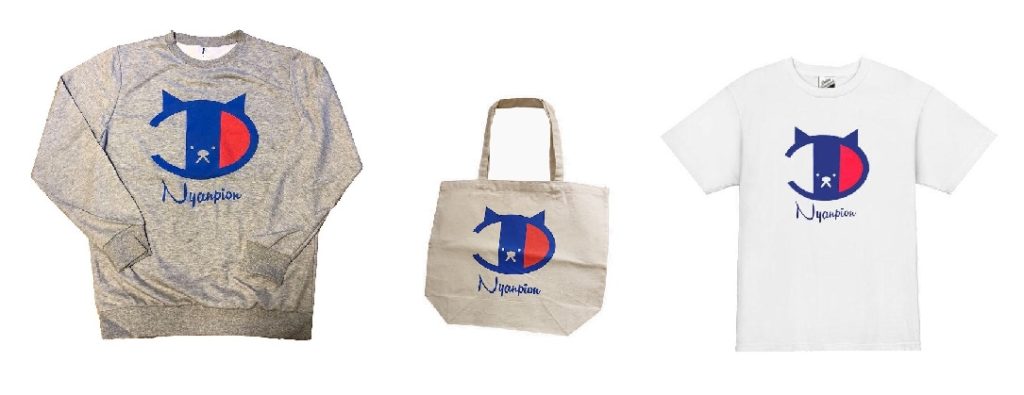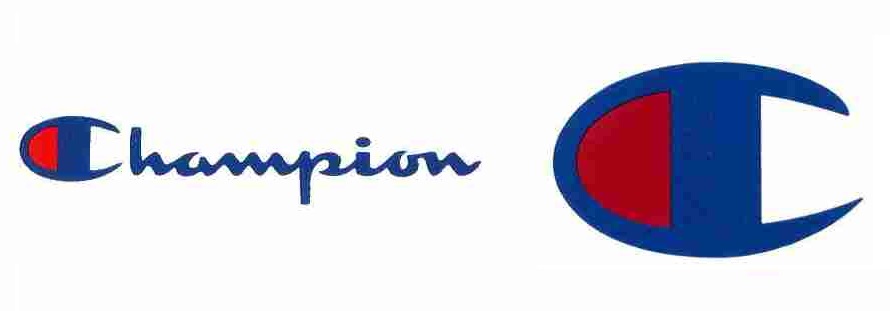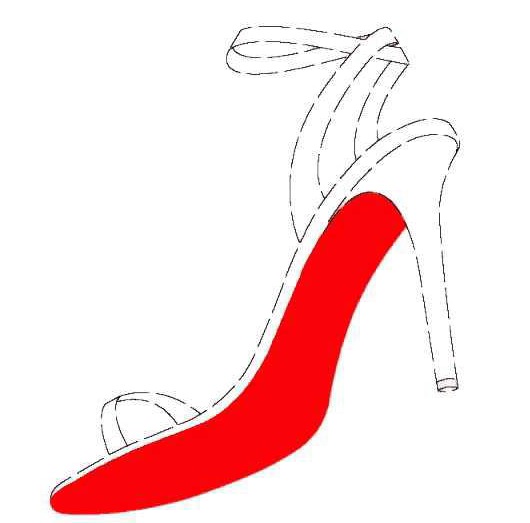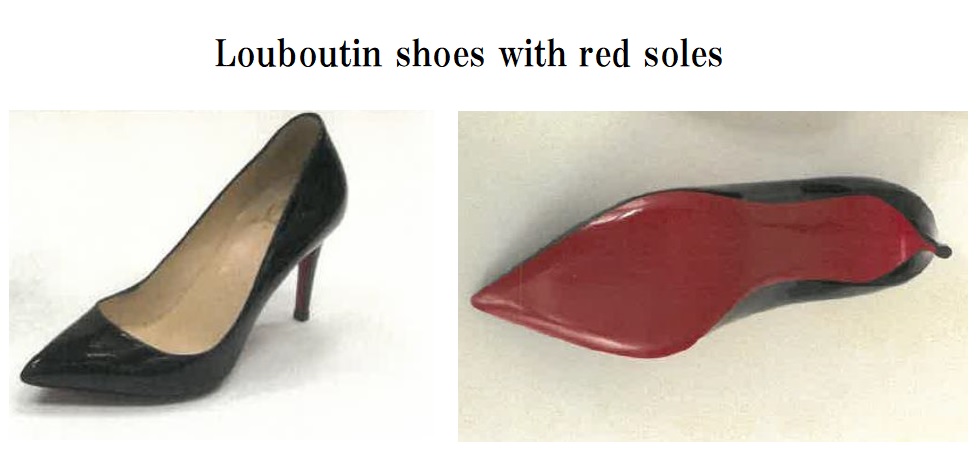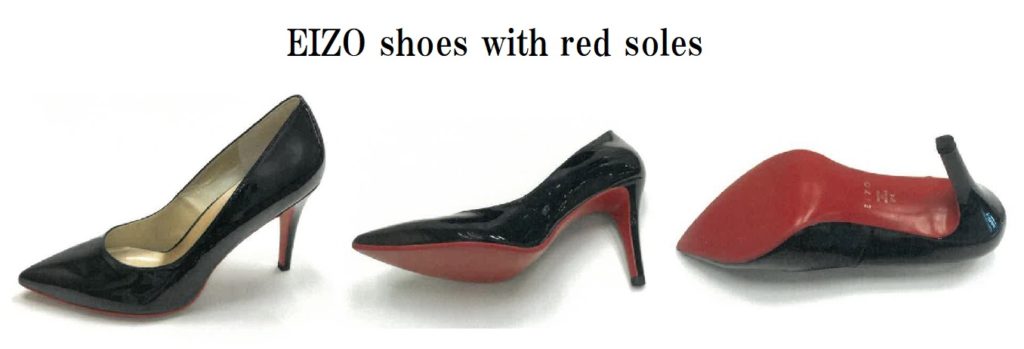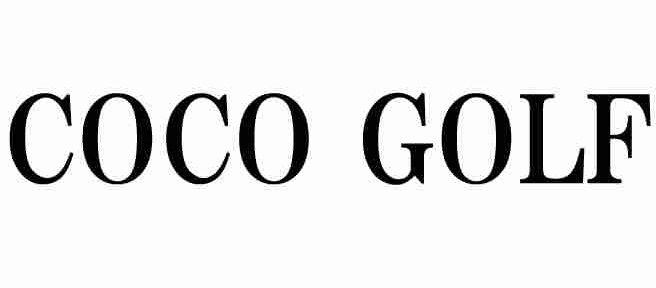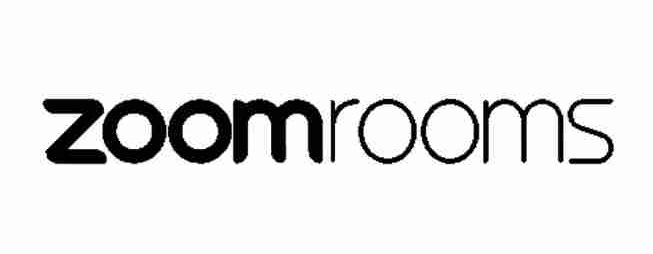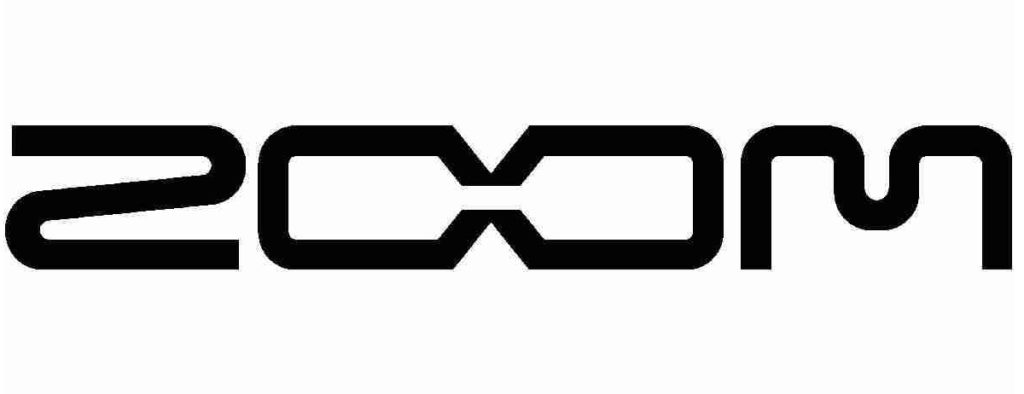On April 7, 2022, the Opposition Board of the Japan Patent Office (JPO) dismissed a trademark opposition filed by Dropbox, Incorporated against TM Reg no. 6385226 for an open box device mark due to dissimilar to the Dropbox logo.
[Opposition case no. 2021-900281]TM Reg no. 6385226
The opposed mark, consisting of an open box device mark depicted in a white circle and green outline (see below), was applied with the JPO on April 8, 2020, for use on computer application software; downloadable computer programs; downloadable image files via internet in class 9 and computer software design; computer programming; providing computer programs on data networks; rental of SNS server memory space in class 42 by Jiraffe Inc.

The JPO granted protection on April 6, 2021, and published for opposition on May 25, 2021.
Opposition by Dropbox
Opponent, Dropbox, Incorporated alleged the opposed mark shall be canceled in contravention of Article 4(1)(x), (xi), and (xix) of the Japan Trademark Law by citing earlier trademark registrations for the Dropbox “open box” device in classes 9, 38, and 42.

Dropbox argued, that the basic overall configuration of the open box looks almost identical to the opponent mark. Because of it, both marks give rise to the same sound and concept. Besides, the opponent mark has acquired a certain degree of popularity and reputation as a source indicator of Dropbox. If so, relevant consumers would confuse the source of goods and services bearing the opposed mark with Dropbox due to a high degree of similarity of the marks.
JPO decision
At the outset, the JPO Opposition Board did not admit a substantial degree of reputation and popularity of the opponent mark by stating that sufficient evidence was not produced by the opponent for the Board to convince such reputation.
The Board found both the opposed mark and opponent mark would not give rise to any specific sound and meaning from the overall configuration regardless of finding that the respective box device looks like an “open box”.
In assessing the similarity of the marks, the Board did not directly compare the resemblance between open boxes. Instead, by means of overall comparison, the Board considered both marks are visually distinguishable due to the difference in color and a white circle and green outline. Being that there is no clue to find similarities in sound and concept, the Board has no reason to believe both marks are likely to cause confusion from visual, phonetic, and conceptual points of view.
Based on the foregoing, the JPO found the entire allegations of Dropbox groundless and dismissed the opposition accordingly.

